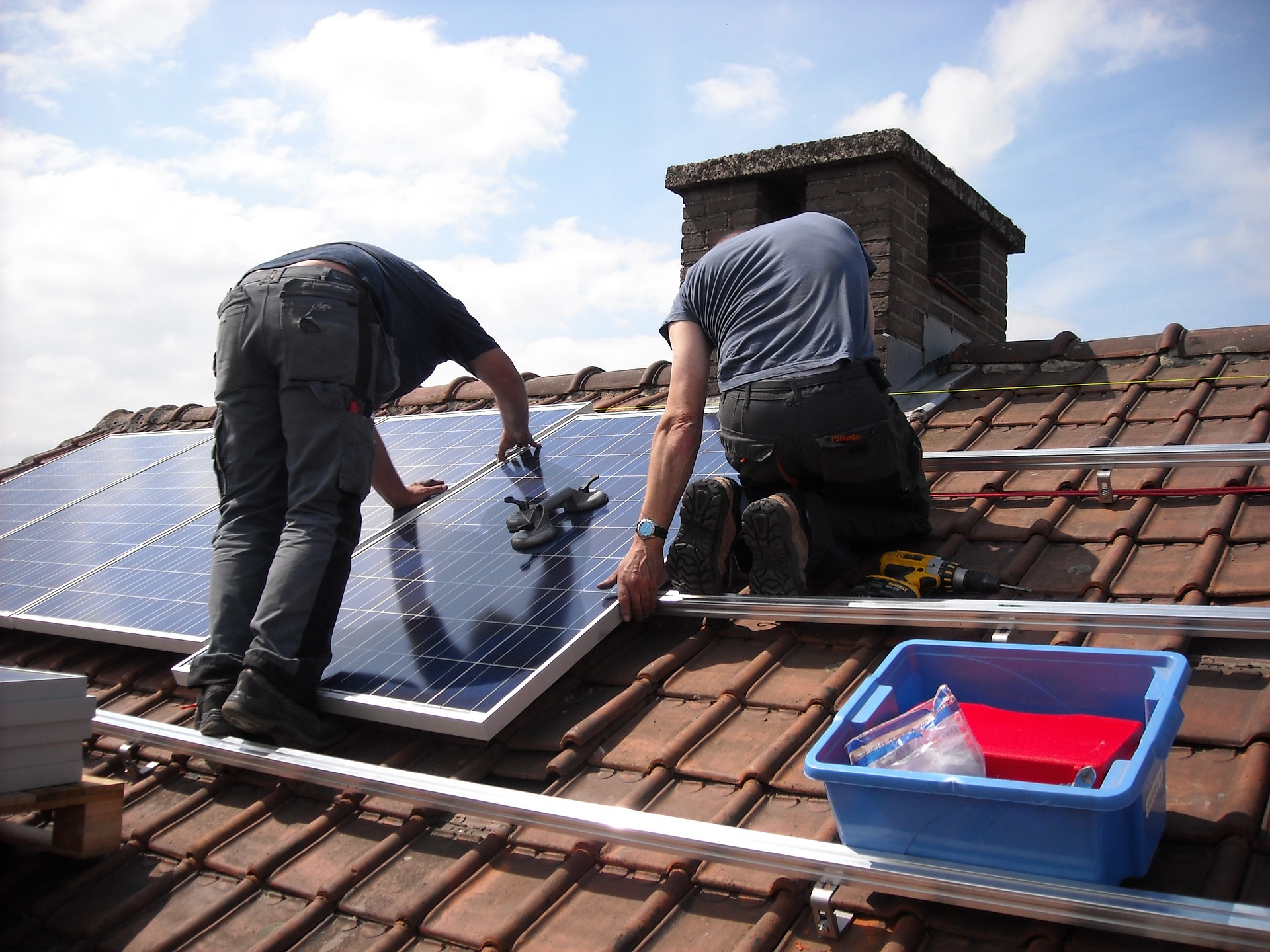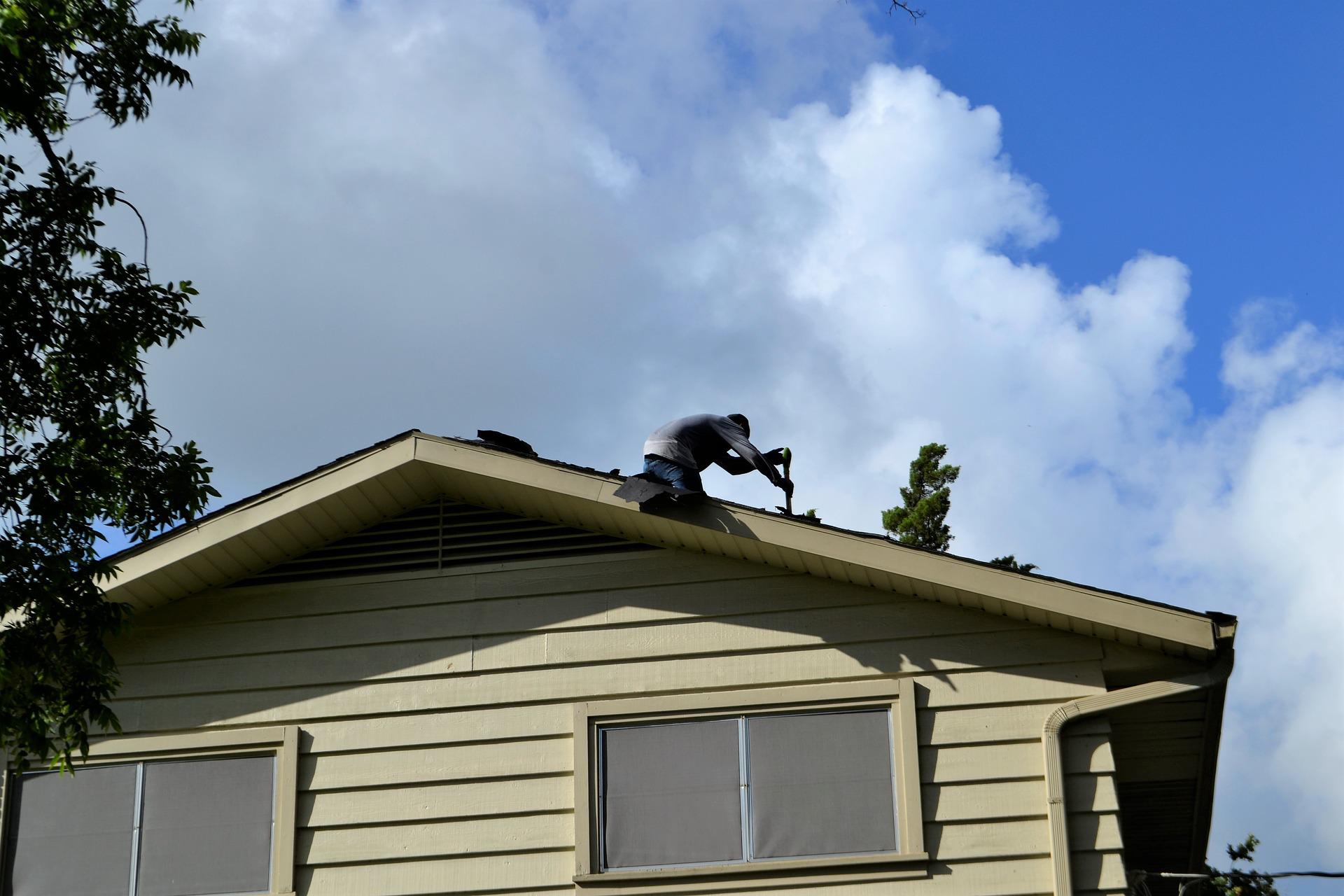Home energy efficiency is often dominated by discussions about cooling and heating, which account for about 48% of energy costs in the average home
. However, when your air has too much moisture, your home may feel warmer than the actual air temperature. Any discussion of energy efficiency, especially in a humid climate, must take moisture control into account.
Did you ever hear someone say the air in your house feels “close?” They’re likely talking about the “feels-like” temperature of the air because the indoor environment is holding a high amount of water vapor, and there’s less evaporation. These factors combine to create a sensation that the room is too warm and there’s less breathable air, despite the temperature reading on the thermostat.
A house with too much humid air in the “building envelope” can have issues with mold and mildew. Moist air can also provide a good environment for bacteria. All are known to adversely affect human health. Excess moisture in the air can take a toll on people, and on furniture, appliances, hardwood floors, carpeting, and, yes, the energy bill—chances are, you are setting your thermostat lower to maintain comfort as you offset the higher amount of humidity you feel in the air.
One solution to moisture control could be a whole-house or portable ENERGY STAR-rated dehumidifier
that “wrings” moisture from the air. This is a big commitment that might not be right for everyone. Luckily there are other steps you can take to reduce the amount of moisture in your home.
Check your clothes dryer. An improperly vented clothes dryer can dump some or all that water from your wet clothes into the air. Make sure your venting system is sealed all the way from the back of your dryer to the exhaust port on your home’s exterior. And be sure to clean the vent regularly, according to the manufacturer’s recommendations.
Vent your stove and bathroom fans outside. Exhaust fans from cooking surfaces or the bathroom that are vented into your attic only redistribute humidity within your home. All such fans should be vented to the outside, with the system checked for leakage.
Seal air leaks. Finding the places where outside air is leaking in, and conditioned air is leaking out, and sealing those leaks is a cost-effective way to improve air comfort and cut energy costs.
Check your doors and windows for the effectiveness of air seals and caulk or weatherstrip as needed. Insulate water pipes. Condensation can occur when there is a difference between the temperature of your water pipes and the humid air in your home. Insulating your water pipes keeps this condensation from occurring on the cold water pipes. This condensation contributes to humidity problems in the home. Insulating hot water pipes eliminates heat loss between the hot water heater and the tap, which means heating and using less water over time. Both will help keep your energy bill in line.
Monitor drainage around your home. Rainwater and runoff from gutters and downspouts can easily flow toward your foundation and leak or leech into the structure. Directing the water away with landscaping and sealing your foundation can have a big impact on the humidity level in your home, and your energy bill.
We all know the saying, “it’s not the heat, it’s the humidity.” Well, now you know a few new ways to keep the air in your home a little drier, and hopefully a bit more comfortable.





0 Comments